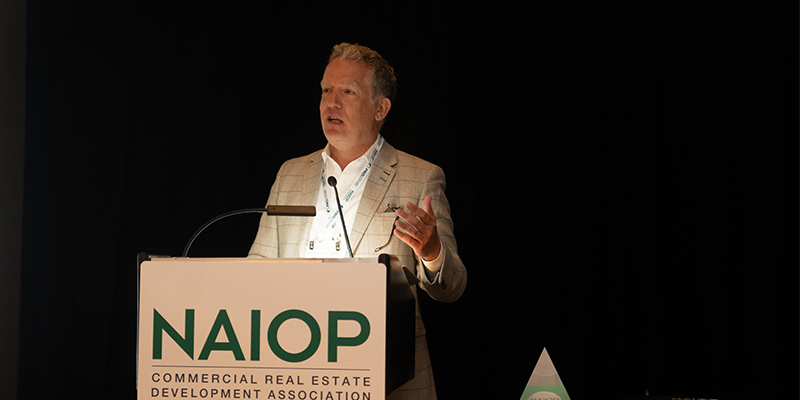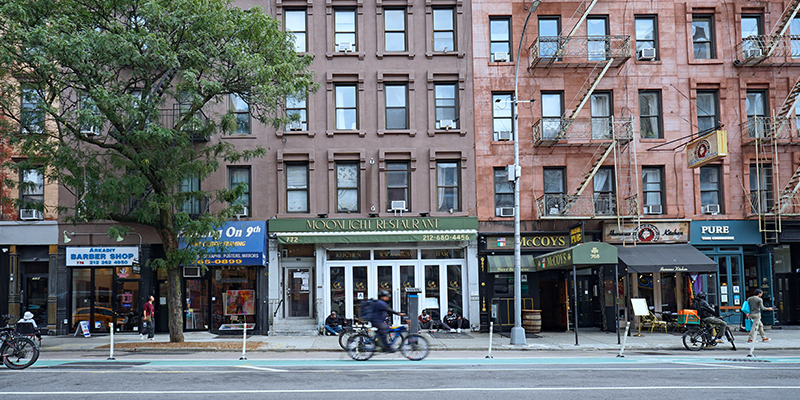Three years after the COVID-19 pandemic upended the office sector, it remains in flux. While many businesses have fully committed to hybrid and remote work arrangements, others are becoming more adamant about getting employees back into the office. And, according to the CommercialEdge U.S. office market analysis, there will be even greater uncertainty and upheaval as the industry transitions to a new status quo.
In 2023, higher interest rates are anticipated to negatively affect both the new supply pipeline and transactional activity; while some buildings will be constructed in desirable sites, many other projects will be postponed or abandoned entirely. Moreover, in addition to fewer office transactions, higher rates will also result in reduced property prices for those that do trade.
At the same time, tenants’ flight to quality is also expected to continue in 2023. Businesses that want workers in the office more frequently are looking for high-quality amenitized space to tempt workers to come in, which can mean embracing smaller footprints in prime locations.
As a result, builders are largely concentrating on expanding the nation’s supply of Class A offices to meet the changing demands of potential tenants. For example, by the end of 2022, more than 126 million square feet of Class A and A+ office space was under construction nationwide, compared to less than 10 million square feet of Class B space.
Listing Vacancy and Rates: High-quality Sublease Space Maintains Rate Stability
The typical full-service equivalent listing rate was $38.19 in December, up 16 cents from November, but down 0.7% from the previous year. Meanwhile, the national vacancy rate increased by 90 basis points compared to the previous 12 months to land at 16.5% in December.
Granted, the average listing rates have yet to decrease due to the gradual rise of U.S. office vacancy rates throughout the last few years. This is due to the fact that average rates take into account both the listing quality and underlying fundamentals. So far, the average listing rates have been able to stay reasonably consistent — thanks to the abundance of high-quality space that has recently entered the market, both directly through vacancies as well as indirectly through subleases.
Office Starts in a Few Markets Remain High in 2022
A total of 2.1% of the nation’s office space — or 135.3 million square feet — was under construction last year. Likewise, another 261.3 million square feet (or 4% of the stock) is currently in the planning stages of development. What’s more, according to office real estate outlooks, many of the projects in the scheduled portion of the pipeline are anticipated to be postponed or completely abandoned in 2023. These are the result of the rising costs of capital and the unstable economy, as well as businesses permanently lowering their office footprints.
However, while the pace of new office construction has slowed recently, developers have continued to embrace opportunities to construct high-quality, strategic structures. For instance, Austin, Texas, was well-liked by developers last year: It routinely ranked first in the country for office occupancy metrics and also saw a considerable increase in its labor force, thanks to the addition of 59,000 office positions since the beginning of 2021.
Sales Slowed in Second Half of 2022
CommercialEdge reported office transactions valued at $83.6 billion (or $247 per square foot annually) for 2022. Notably, these figures are not yet final due to a delay in gathering data for all sales. That said, it’s clear that last year’s investment volume will be less than 2021’s $116 billion, which resulted in an average price of $280 per foot.
At the market level, Manhattan continued to be the market leader, closing more than $6 billion in office sales in 2022. Not far behind, Boston was in second with $4.71 billion and Dallas was third with $4.66 billion.
Similarly, with assets trading at an average price of $930 per square foot, San Francisco continued to lead the pack in terms of pricing. In this scenario, Manhattan was in second place with a price of $733 per square foot, while Seattle was in third place with a price of $542 per square foot.
Trends and Industry News: Tech Sector Reduces Staff and Office Size
This year, there will probably still be a lot of interest in turning office buildings into residential and mixed-use complexes, but projects might still have trouble taking off. Consequently, converting workplaces seems like a sensible answer to address the vacant offices, as well as the shortage of housing around the county.
But many workplaces are not well suited for conversion. Furthermore, without tax incentives and other financial support from state and municipal governments, many projects might not make sense in an environment with high interest rates. As an example, when Chicago was seeking bids for the renovation of business buildings along the LaSalle Street Corridor, the Windy City was one of the cities that made such incentives. As a result, a wide range of uses — including housing and an e-sports gaming center — were proposed in nine plans totaling $1.2 billion.
Looking ahead to other trends for the year, CommercialEdge’s U.S. office market study projects that demand for coworking will continue to rise in 2023. Plus, even if hybrid and remote work are growing in popularity, the majority of businesses still need office space for face-to-face team building, training and collaboration.
Fortunately, flexible offices offer just that — flexibility without the lengthy commitment of a conventional office lease. For this reason, there will likely be a rise in demand for flex space in 2023 from brokerages and office owners that want to boost occupancy and cash flow, in addition to the typical coworking providers.








